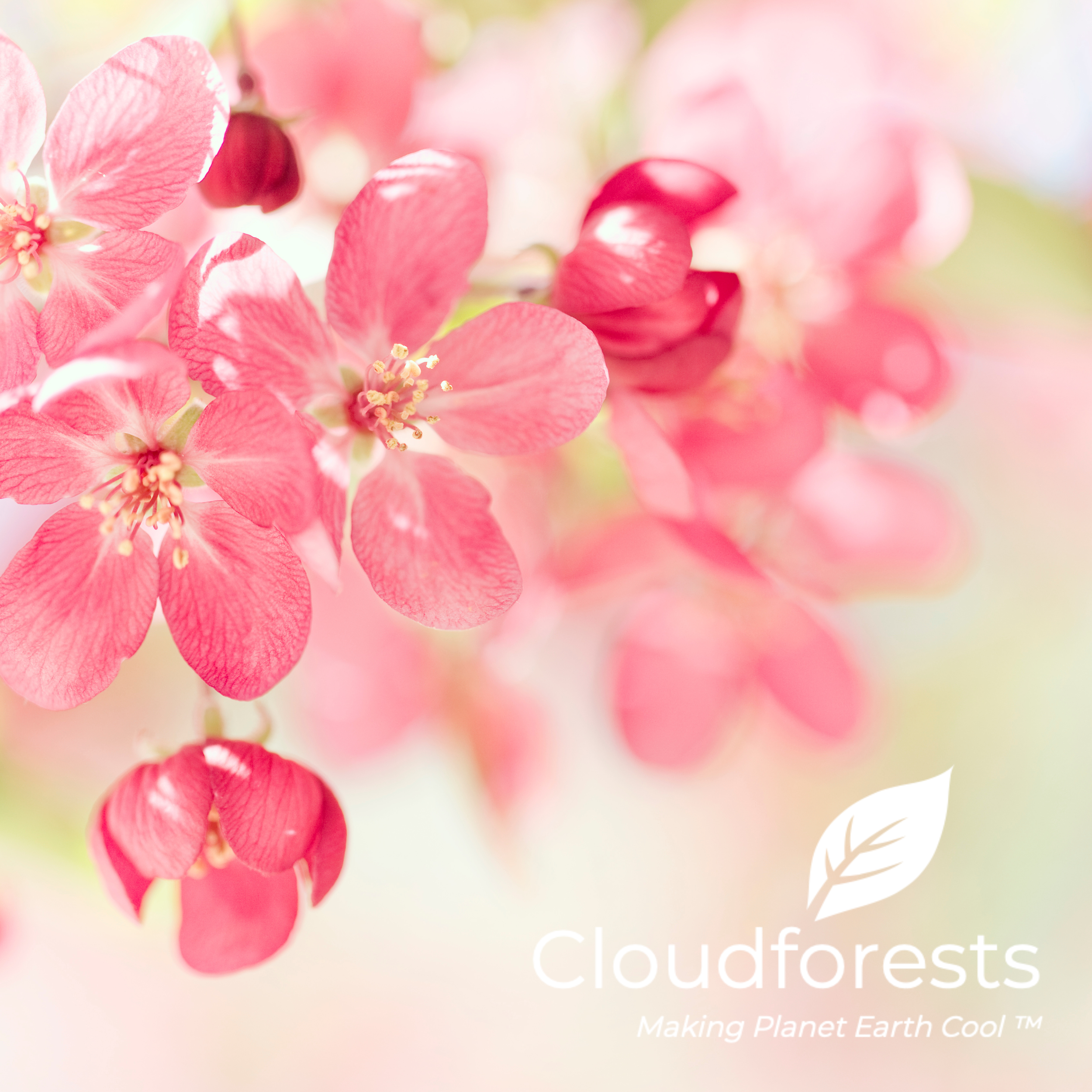The Crab Apple Tree
The Tree Crab Apple: A Hidden Gem of the Orchard and Its Role in Biodiversity Conservation
As a lover of trees, I have always been fascinated by the Crab Apple. This small, deciduous tree is a hidden gem in the orchard, often overlooked in favor of its larger, more popular cousins. However, the Crab Apple plays a crucial role in biodiversity conservation and should be appreciated for its unique qualities. In this article, I will explore the importance of biodiversity conservation, the role that Crab Apple trees play in supporting biodiversity, the different types of Crab Apple, how to identify them, their uses, and how to care for them.
Introduction to the Crab Apple Tree
The Crab Apple is a small deciduous tree that is native to Europe, Asia, and North America. It is a member of the Rosaceae family, which includes other popular fruit trees such as apples, pears, and cherries. The Crab Apple has a unique appearance, with a gnarled trunk and branches that twist and turn in unusual ways. Its leaves are oval-shaped and serrated, and its flowers are delicate and fragrant, with five petals that come in shades of pink and white.
The Importance of Biodiversity Conservation
Biodiversity refers to the variety of life on Earth, including all the different species of plants, animals, and microorganisms that make up our planet's ecosystems. Biodiversity is essential for maintaining the health and stability of our planet's ecosystems, providing us with the air we breathe, the water we drink, and the food we eat. However, biodiversity is under threat from human activities such as deforestation, pollution, and climate change.
How Crab Apples Support Biodiversity
Crab Apple trees play a crucial role in supporting biodiversity. They provide a habitat for a wide range of insects, birds, and mammals, including bees, butterflies, moths, and birds such as woodpeckers and thrushes. These animals rely on Crab Apples for food, shelter, and nesting sites. Crab Apple trees also support a variety of fungi, lichens, and mosses, which are important components of the ecosystem.
The Different Types of Crab Apple Trees
There are over 35 different species of Crab Apples, each with its unique characteristics. Some of the most popular species include Malus sylvestris (our European crab apple), Malus floribunda, and Malus hupehensis. Each species varies in size, shape, and fruit characteristics. Some produce small, sour fruit that is only suitable for making jelly, while others produce larger, sweeter fruit that can be used for cooking and eating.
Identifying Crab Apple Fruit and Trees
Identifying Crab Apple trees can be challenging, especially for those who are not familiar with the species. The best way to identify a Crab Apple is to look at its flowers and fruit. The flowers are usually pink or white and have a distinctive fragrance. The fruit is small and round, with a diameter of about 1-2 inches. It is usually green or yellow but can be red or purple, depending on the species.
Uses of Crab Apple Trees
Crab Apple trees have a wide range of uses, both practical and decorative. They are often used in orchards as pollinators for other fruit trees, as they attract many different types of insects. They are also used for making jams, jellies, and cider, as well as for cooking and eating. Ornamental Crab Apple trees are popular in landscaping, as they provide a beautiful display of flowers in the spring and colorful fruit in the fall.
Ornamental Crab Apple Trees
Ornamental Crab Apple trees are a popular choice for landscaping, as they provide a beautiful display of flowers in the spring and colorful fruit in the fall. There are many different varieties of ornamental Crab Apples, each with its unique characteristics. Some have pink or white flowers, while others have red or purple fruit. Some varieties are more disease-resistant than others, making them easier to care for.
Caring for Crab Apple Trees
Caring for Crab Apple trees is relatively simple, but it does require some effort. They should be planted in well-drained soil and should be watered regularly, especially during dry spells. They should be pruned regularly to remove dead or diseased branches, and they should be fertilized once a year. Crab Apples are susceptible to certain diseases, such as apple scab and fire blight, so it is essential to keep an eye out for any signs of disease and to take action promptly.
The Role of Crab Apple Trees in Biodiversity Conservation
In conclusion, Crab Apple trees are a hidden gem in the orchard and should be appreciated for their unique qualities. They play a crucial role in supporting biodiversity, providing a habitat for a wide range of insects, birds, and mammals, and supporting a variety of fungi, lichens, and mosses. They have a wide range of uses, both practical and decorative, and are relatively easy to care for. By planting and caring for Crab Apple trees, we can help to support biodiversity conservation and preserve this important species for future generations.



